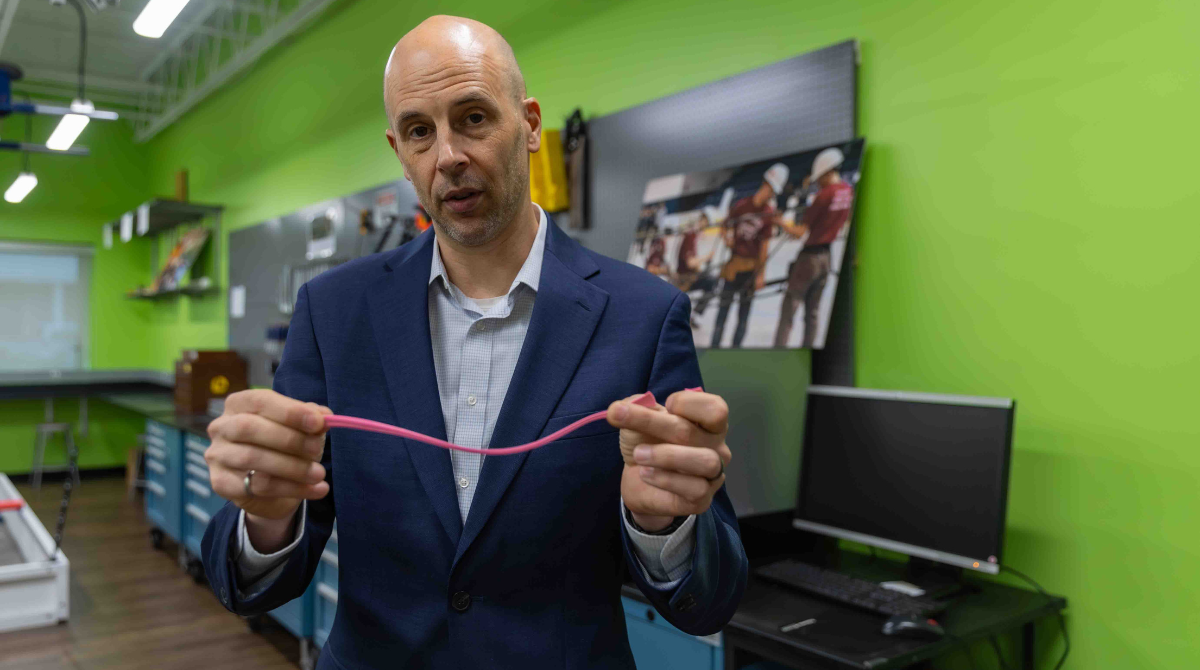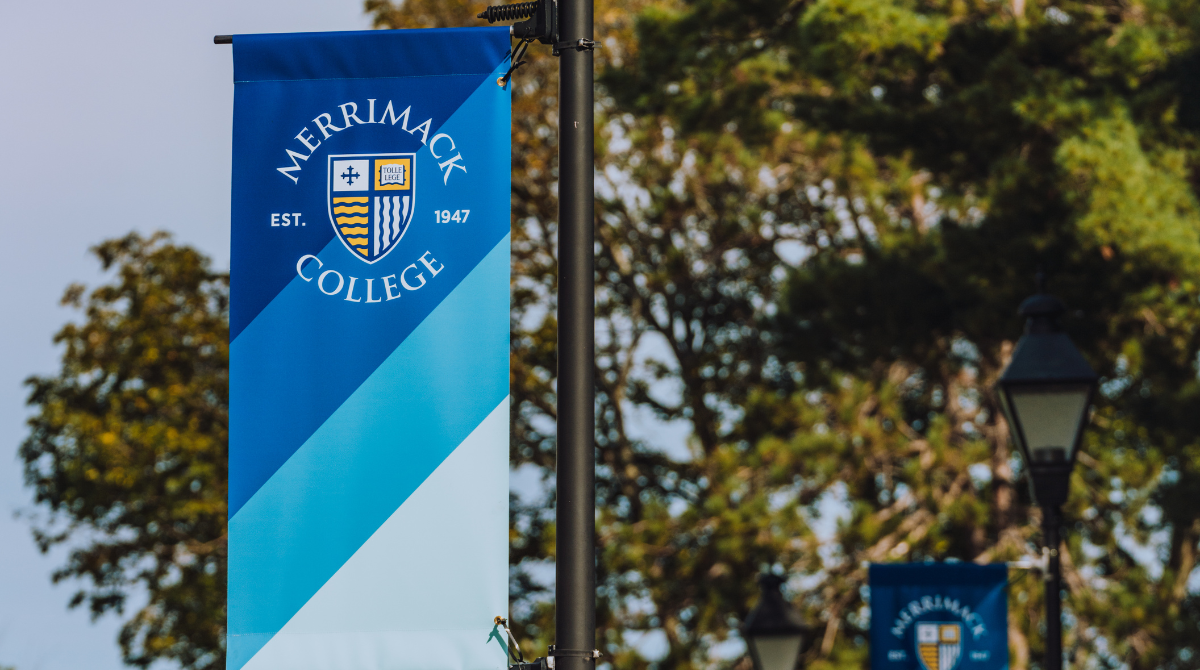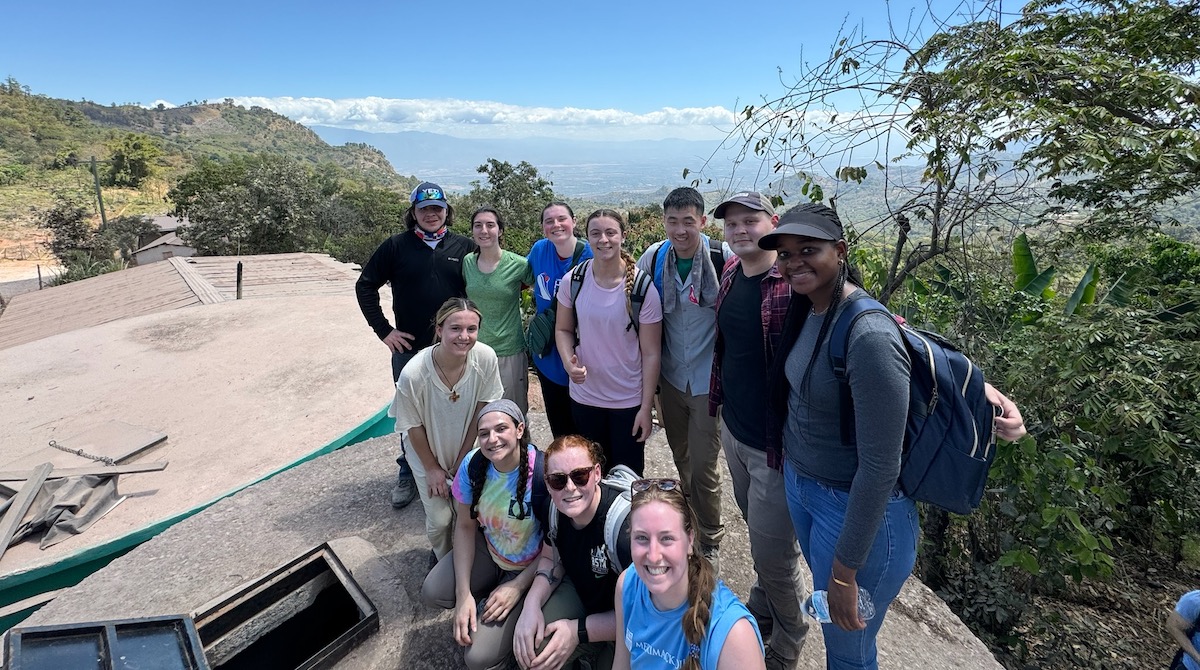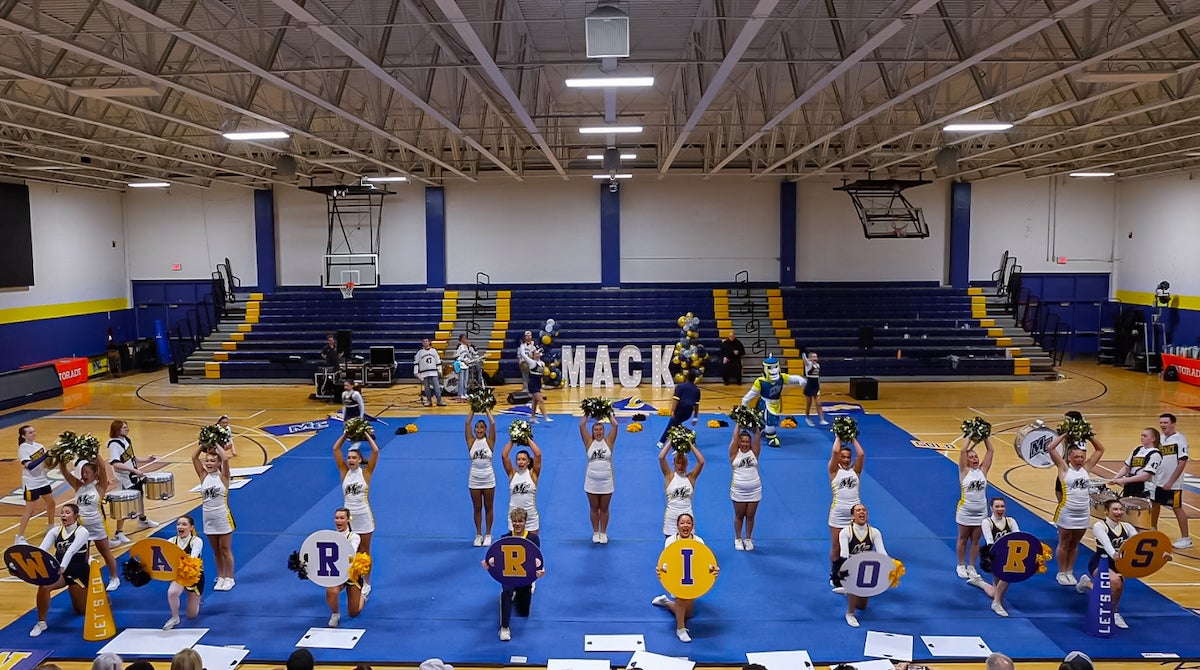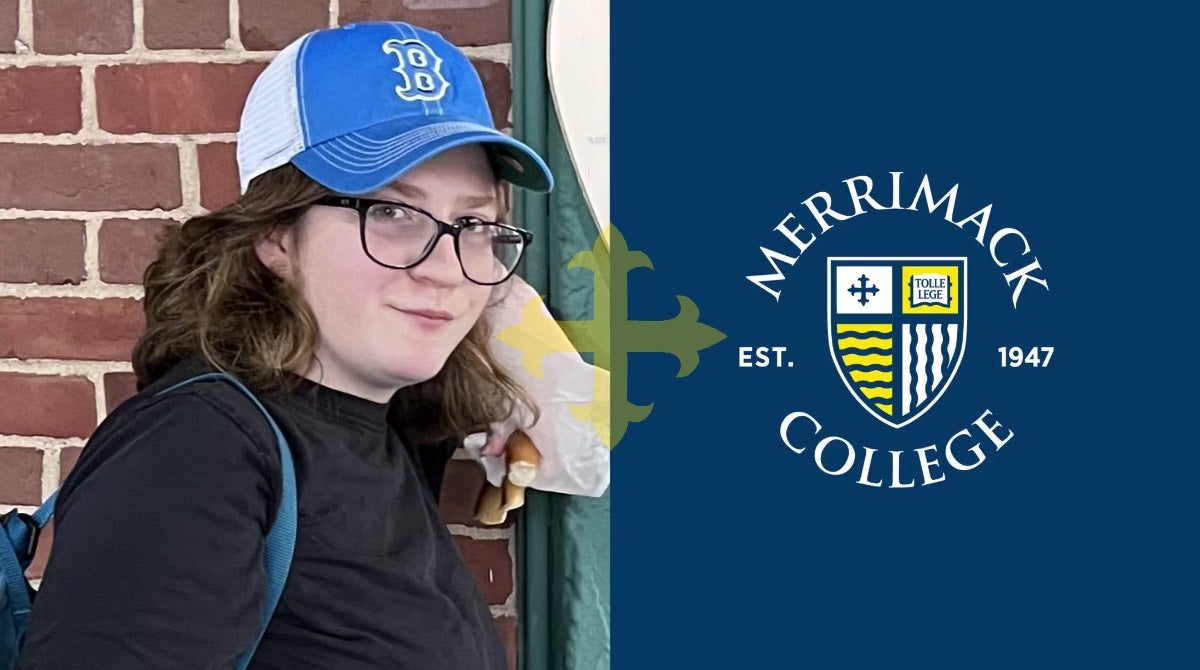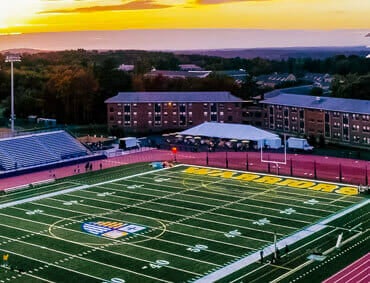To help people understand his groundbreaking research, new Merrimack College faculty member Jamie Kimberley turns to Silly Putty.
“When you pull Silly Putty apart quickly, it breaks apart,” Kimberley noted. “And when you pull it apart slowly, it flows like a thick fluid.”
However, Kimberley’s focus on understanding how materials respond under extreme dynamic environments goes well beyond the popular children’s toy. The materials he tests, and the rate at which they are hit, bent, prodded and broken, have important implications from outer space to underground.
“There is a very broad spectrum for this work,” said Kimberley, who spent the past 12 years at the New Mexico Institute of Mining and Technology. “From examining ways NASA could change the trajectory of an asteroid to the use of ceramics in military armor to how quickly metal can be manipulated to make soda cans.”
Kimberley pursued this field of research in graduate school at the University of Illinois. While searching for an advisor was drawn to the immense, real-world applications of the work.
For that work, Kimberley has received external funding from the National Science Foundation, the Army Research Office and Los Alamos National Laboratory, among other institutions and organizations. As he transitions to Merrimack’s School of Engineering and Computational Sciences, Kimberley said he is interested in studying how extreme dynamic environments impact additive manufactured, or 3-D printed, materials.
“There has obviously been a big push in the past 15 years for additive manufacturing and there are major advances there for areas such as industrial printing,” Kimberley said.
There was a lot about Merrimack College that Kimberley felt could help elevate his career and research, including the College’s pursuit of R2 Classification. “Merrimack’s commitment to education was really big for me,” he said. “Merrimack’s size and student-centric mission is very attractive.”
Kimberley received his doctorate in aerospace engineering and master’s in theoretical and applied mechanics from the University of Illinois, and his bachelor’s in mechanical engineering from SUNY-Binghamton.
